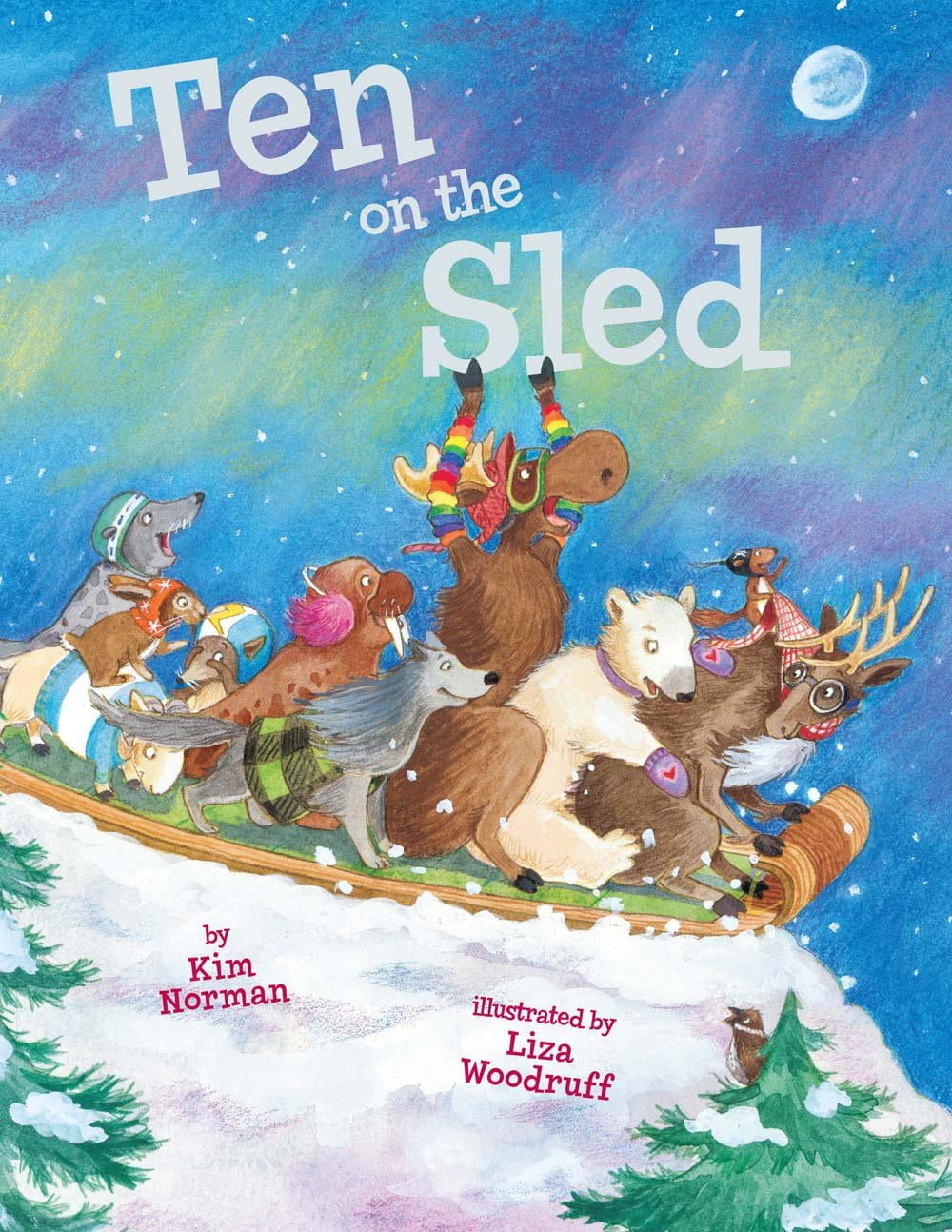Rosie’s Walk

Lesson Summary
Rosie the hen walks around the farmyard, avoiding obstacles that include a rake, pond and beehive. But Rosie is not alone on her journey—careful readers will see Fox lurking in the background. Can you help Rosie make it safely home to the henhouse, no matter where Fox hides?
ELA Standards:
Grade PK, English Language Arts
Reading Literature, Key Ideas & Details
- With prompting and support, retell a sequence of events from a story read aloud
Social and Emotional Development and Approaches to Play and Learning
- the child will engage socially and build relationships with other children and with adults
- the child will demonstrate the ability to manage conflict.
Grade K, English Language Arts
Reading Literature, Key Ideas & Details
- With prompting and support, retell familiar stories, including key details
K-2 Digital Literacy & Computer Science Standards:
Algorithms [K-2.CT.b]
- Define an algorithm as a sequence of defined steps.
- Create a simple algorithm, individually and collaboratively, without using computers to complete a task (e.g., making a sandwich, getting ready for school, checking a book out of the library).
- Enact an algorithm using tangible materials (e.g., manipulatives, your body) or present the algorithm in a visual medium (e.g., storyboard).
Programming and Development [K-2.CT.d]
- Define a computer program as a set of commands created by people to do something.
- Explain that computers only follow the program’s instructions.
- Individually or collaboratively, create a simple program using visual instructions or tools that do not require a textual programming language (e.g., “unplugged” programming activities, a block-based programming language).
Video
Rosie’s Walk by Pat Hutchins



